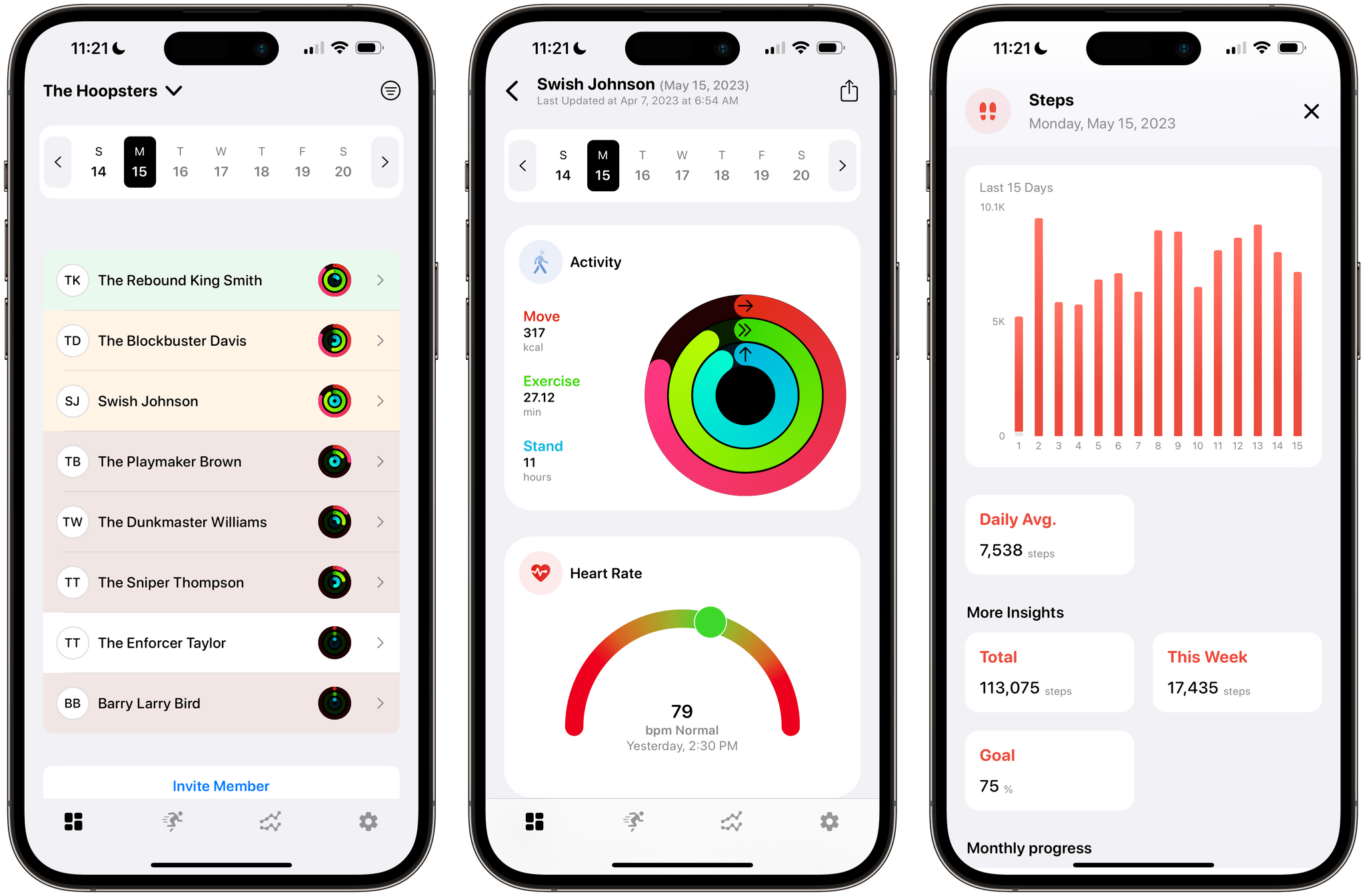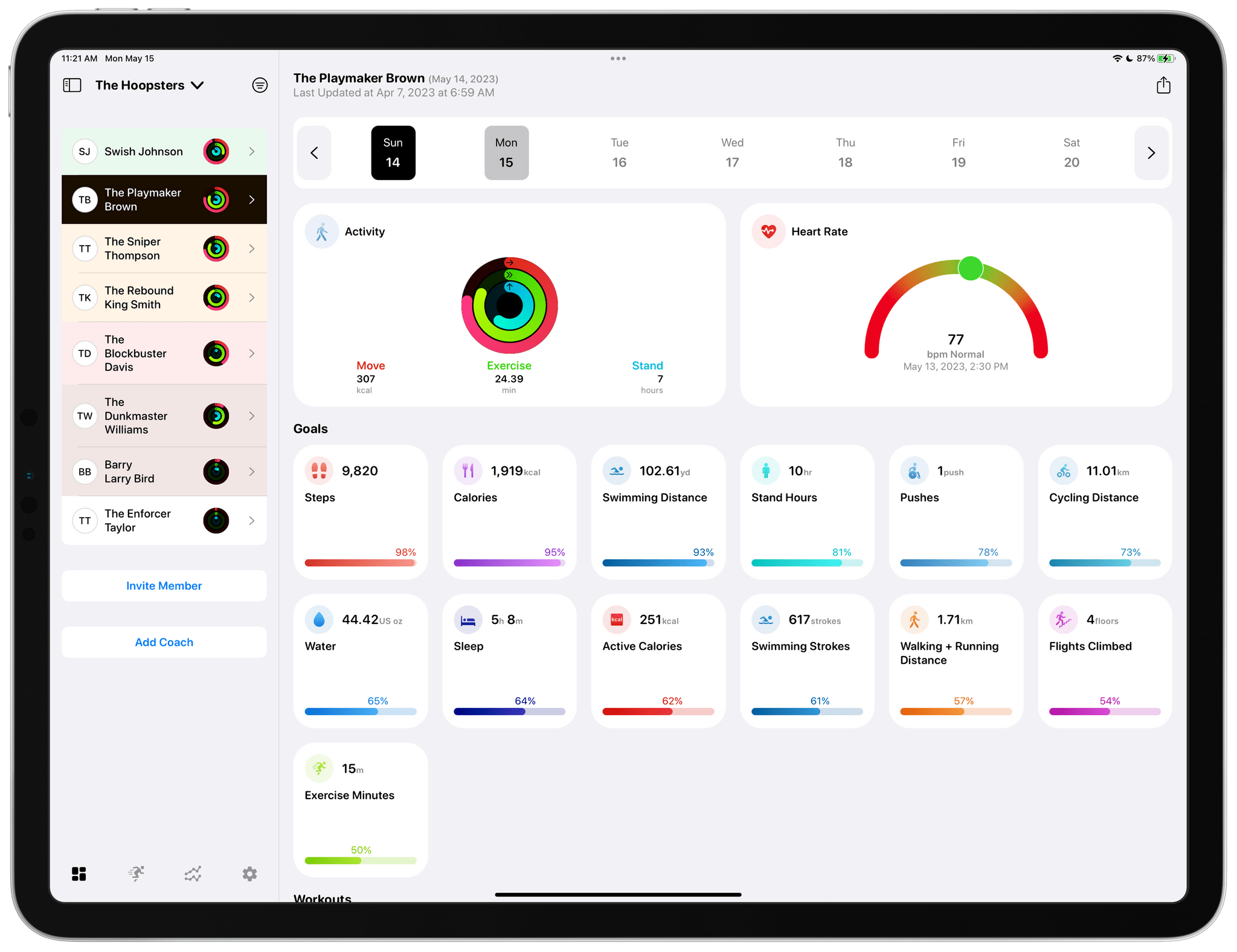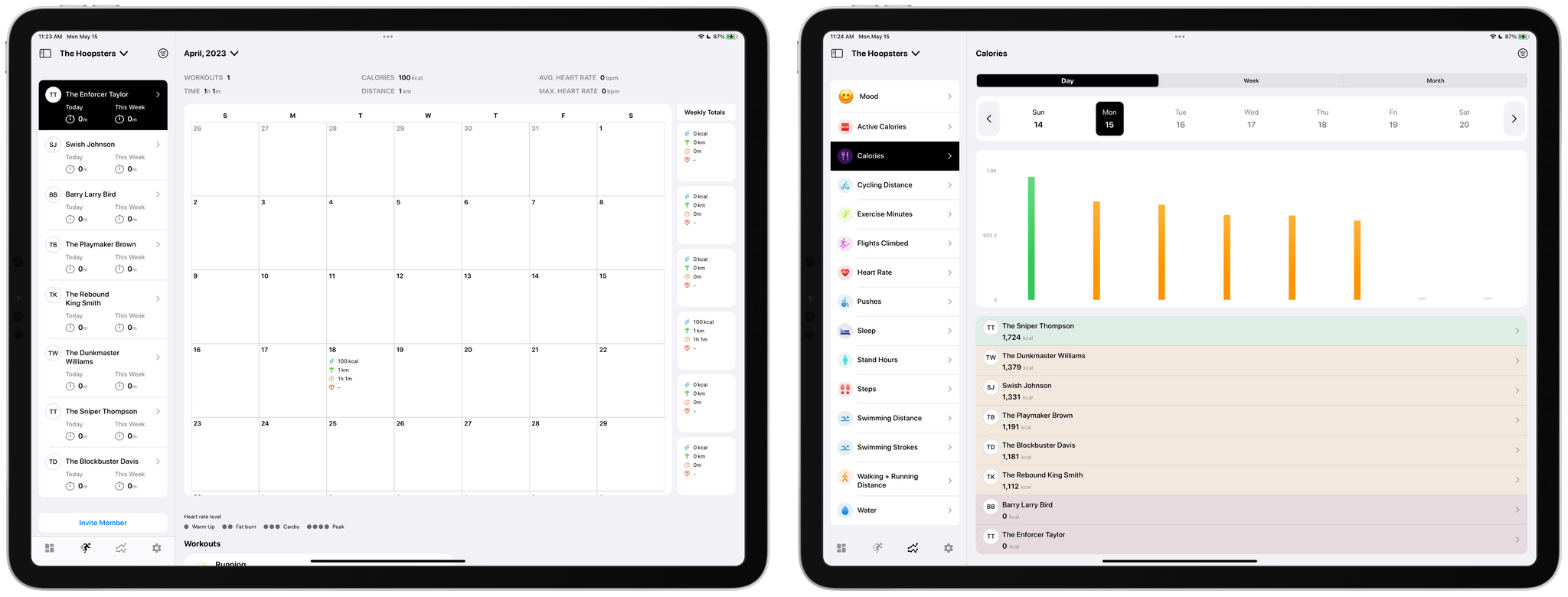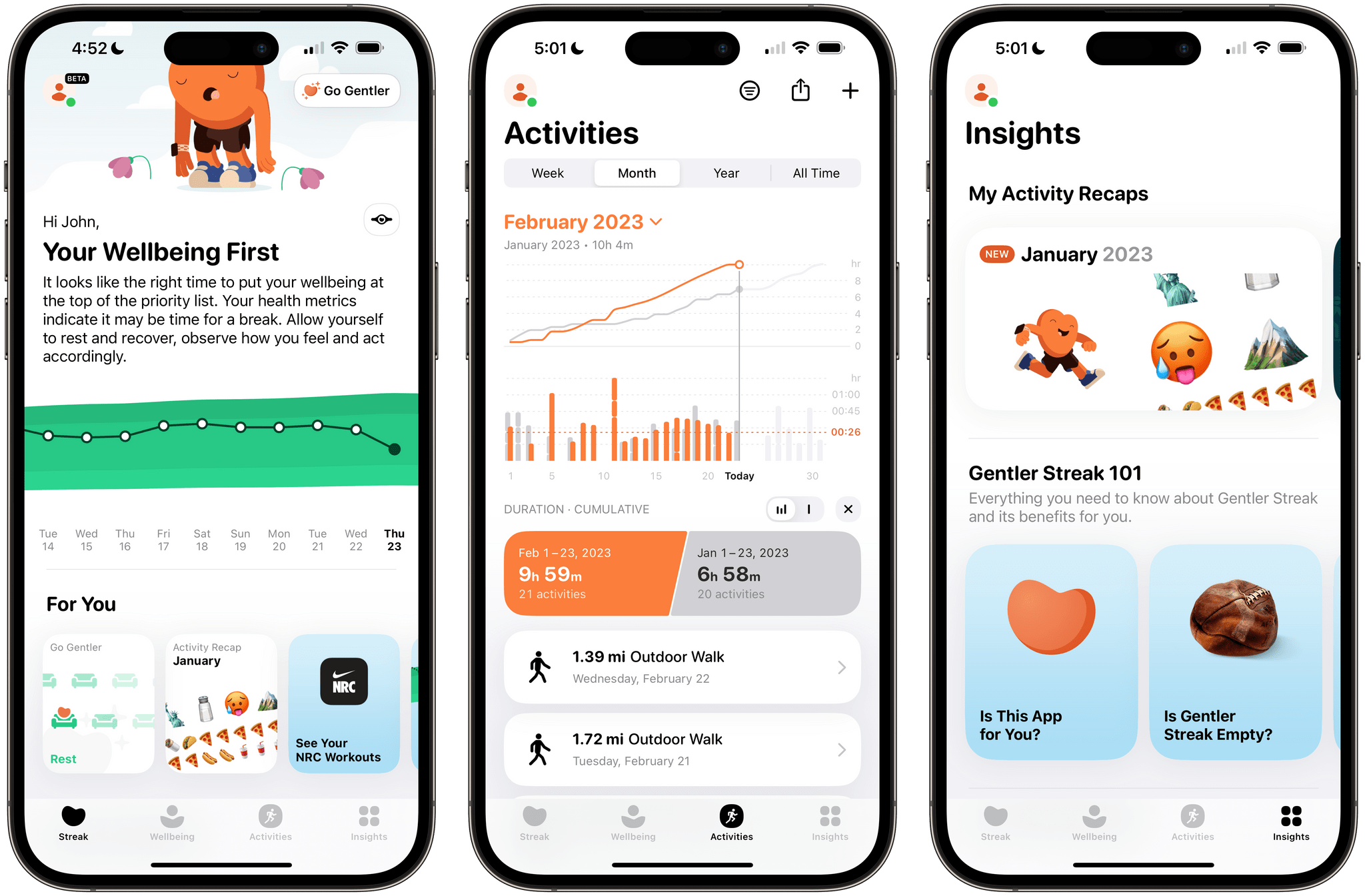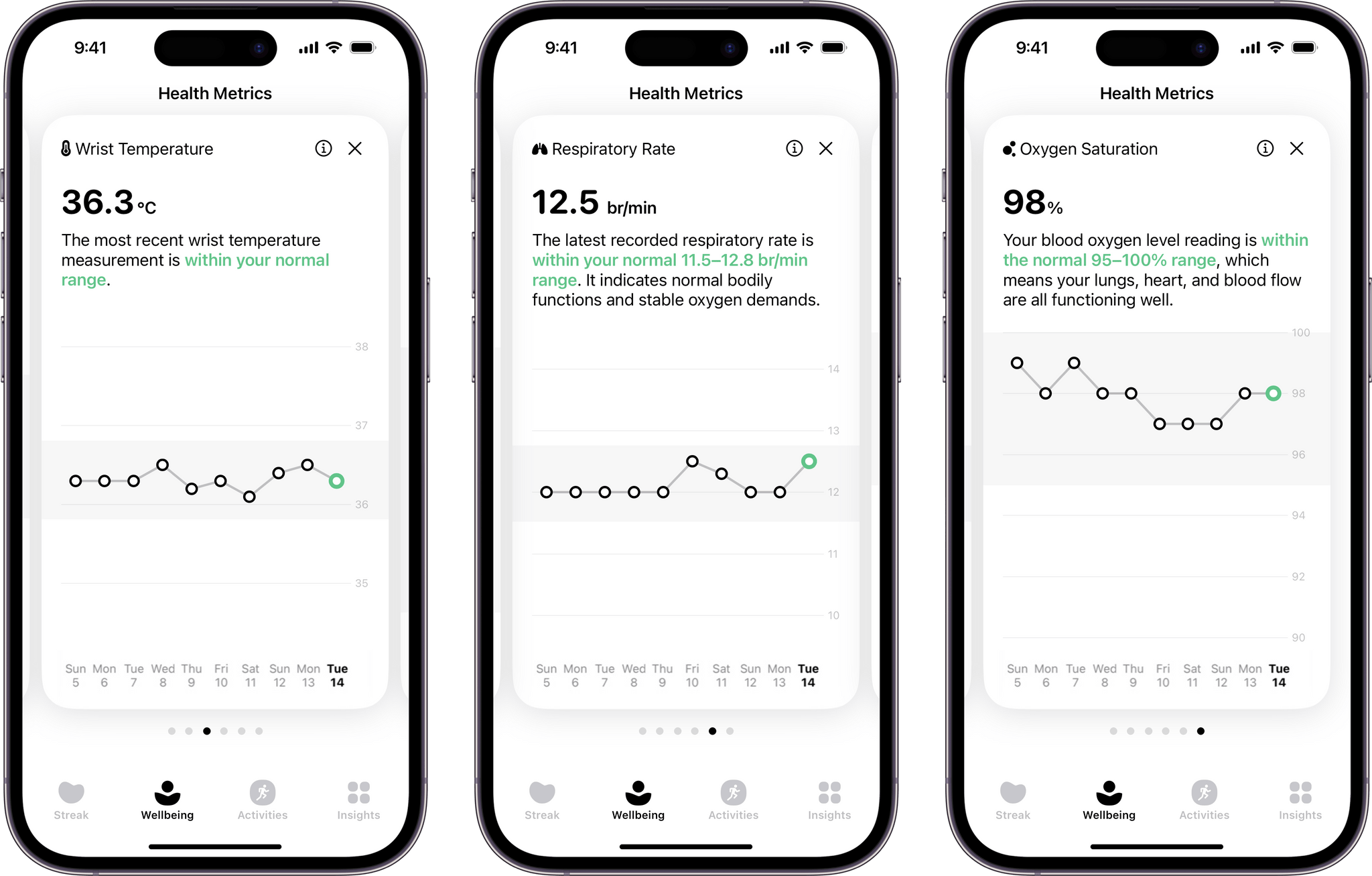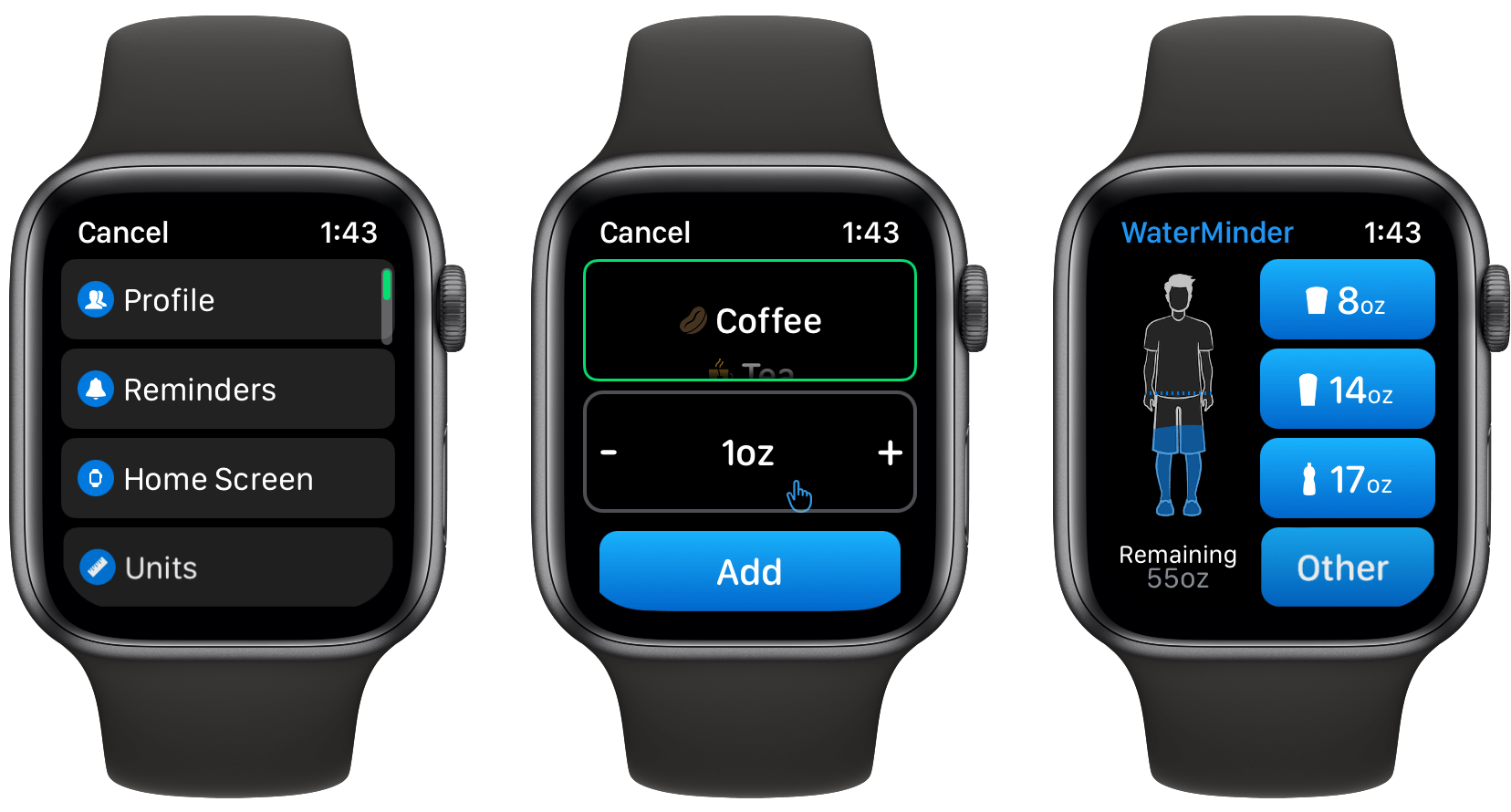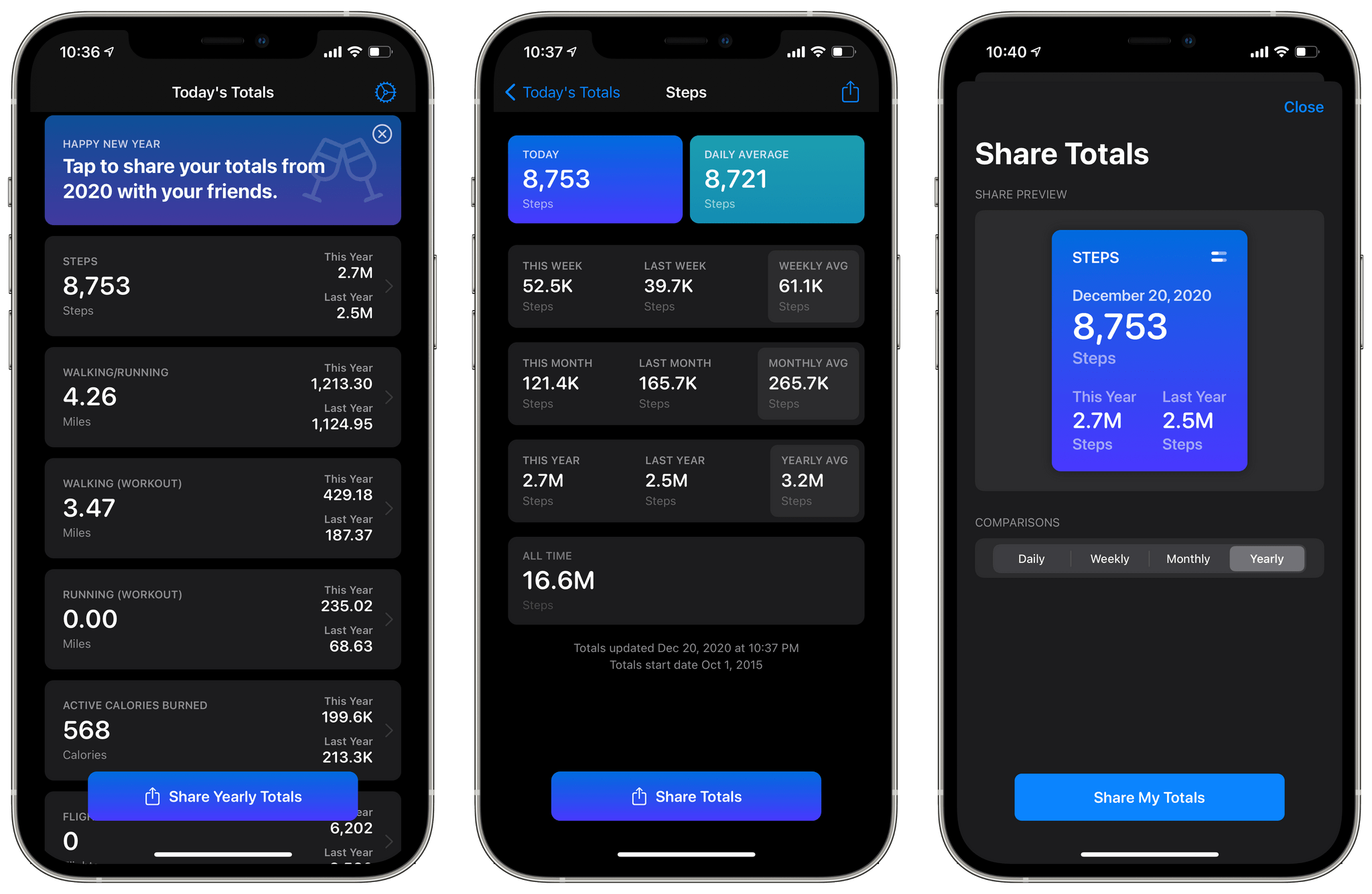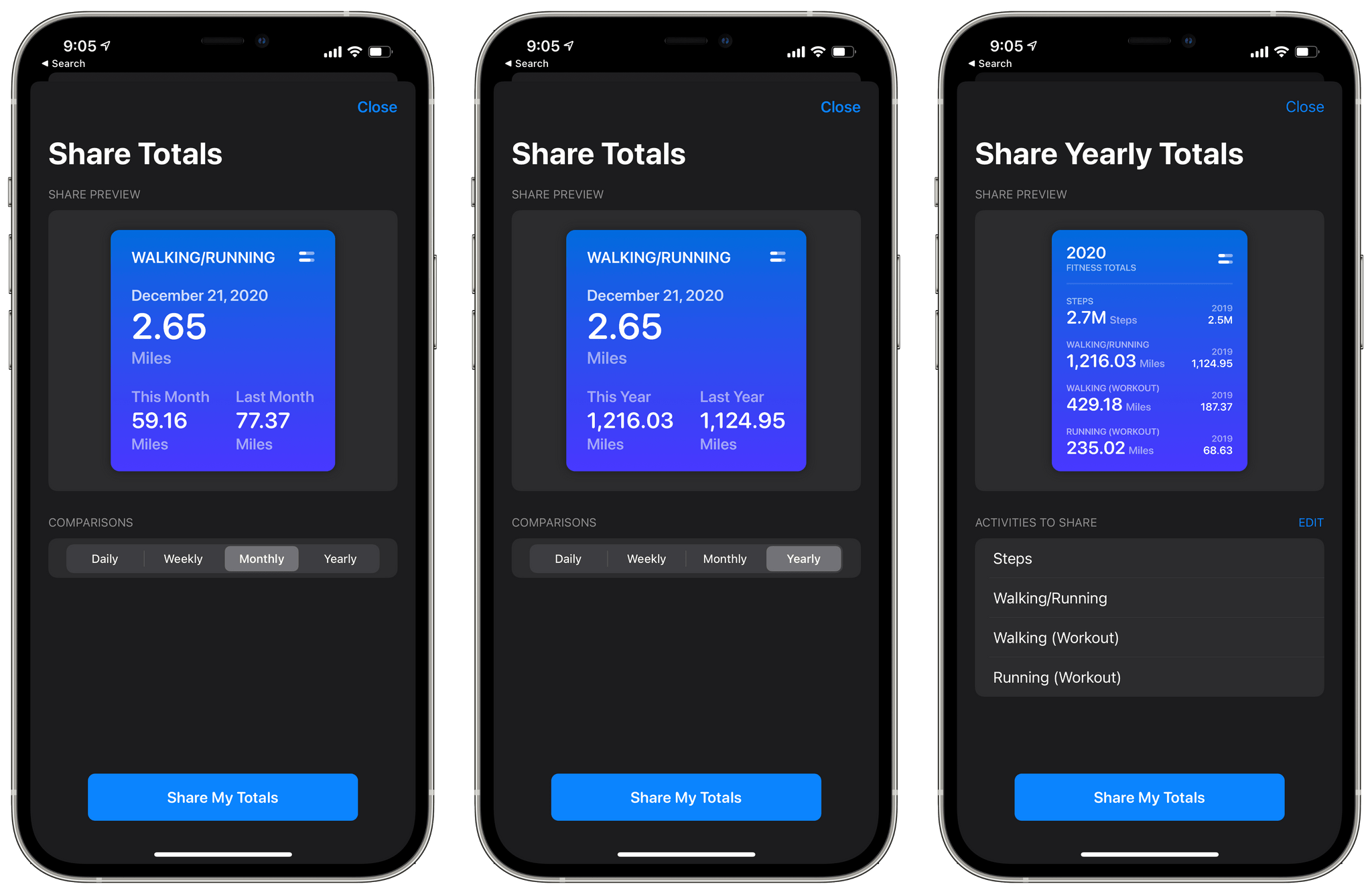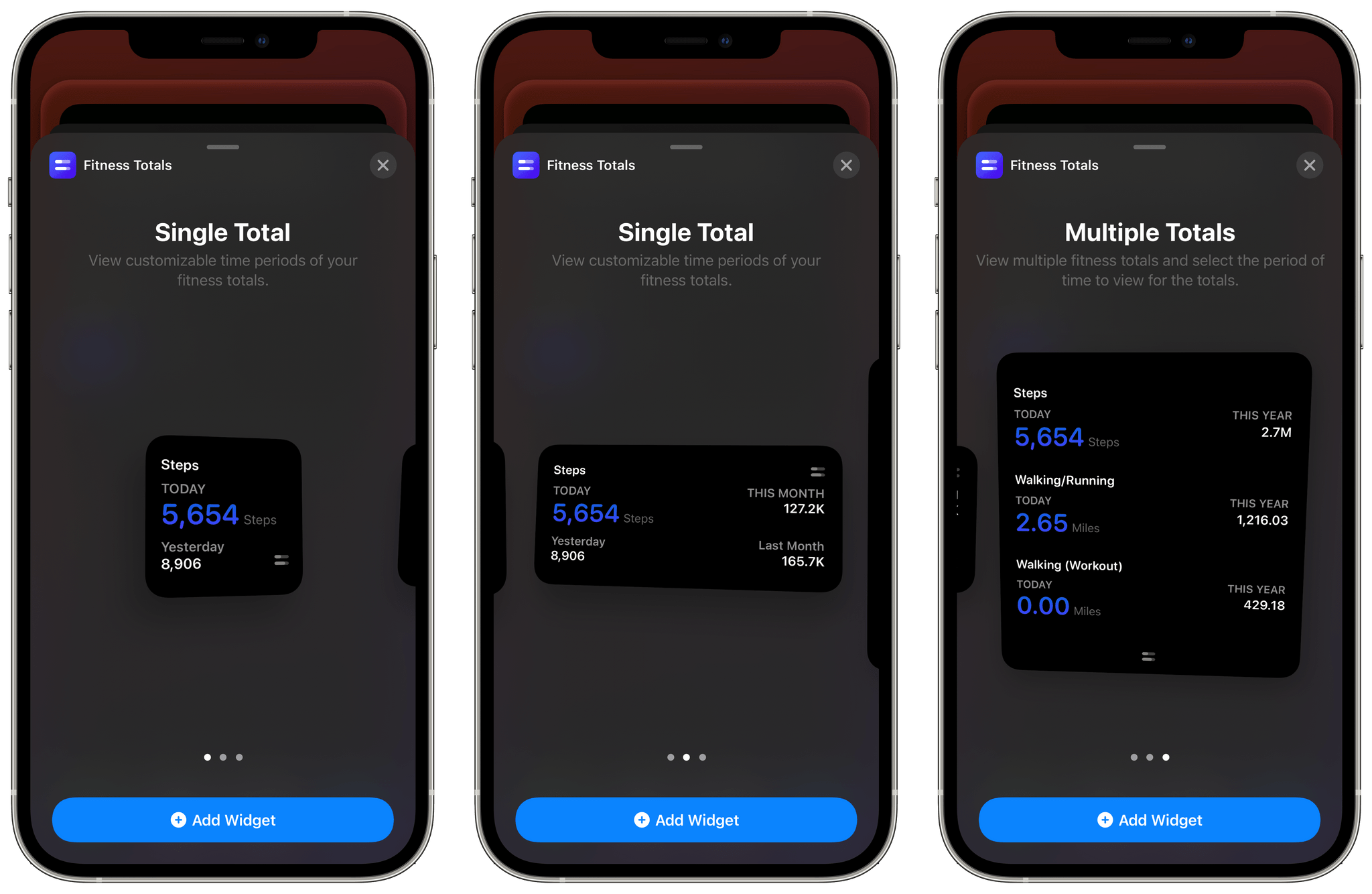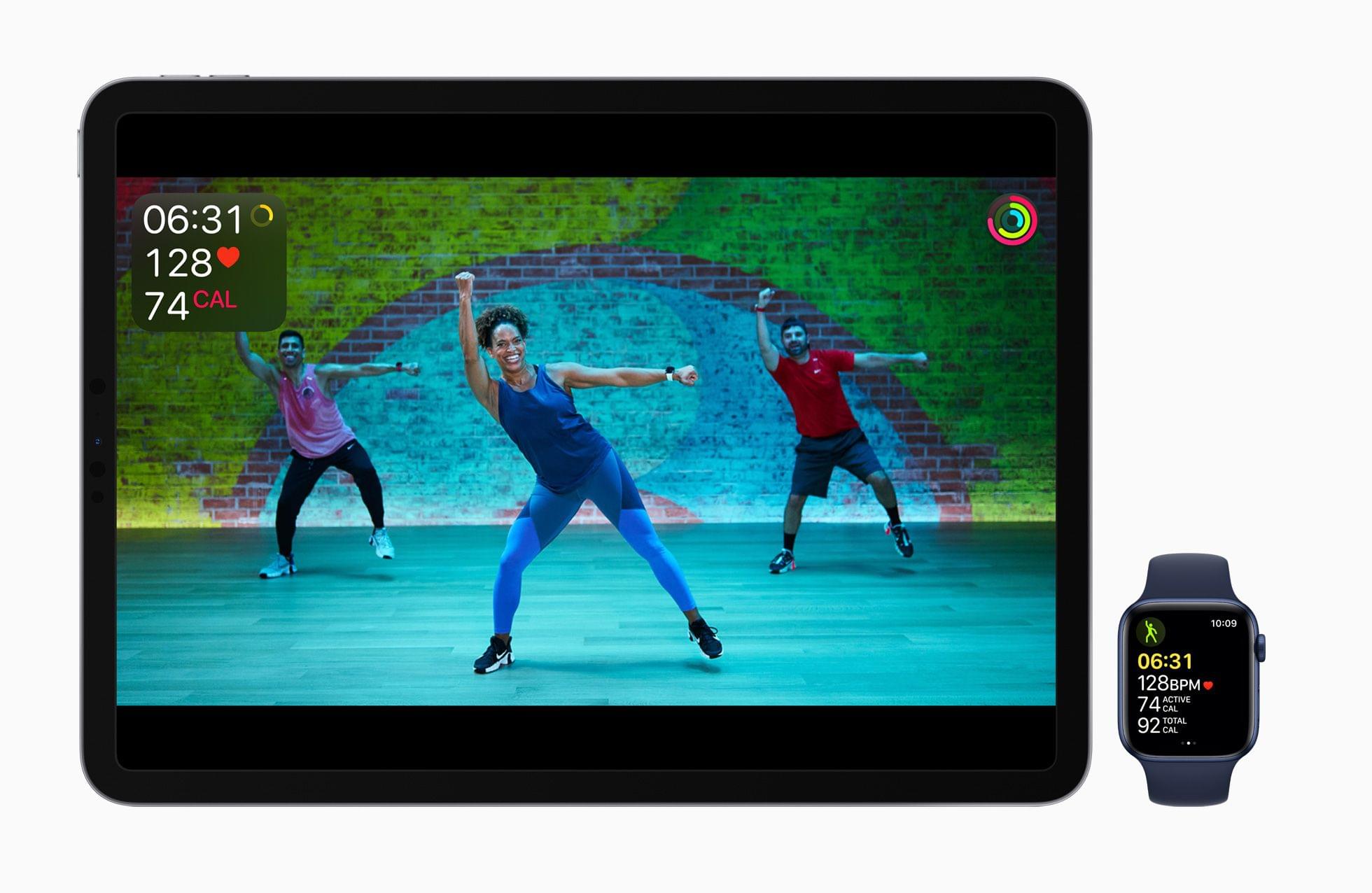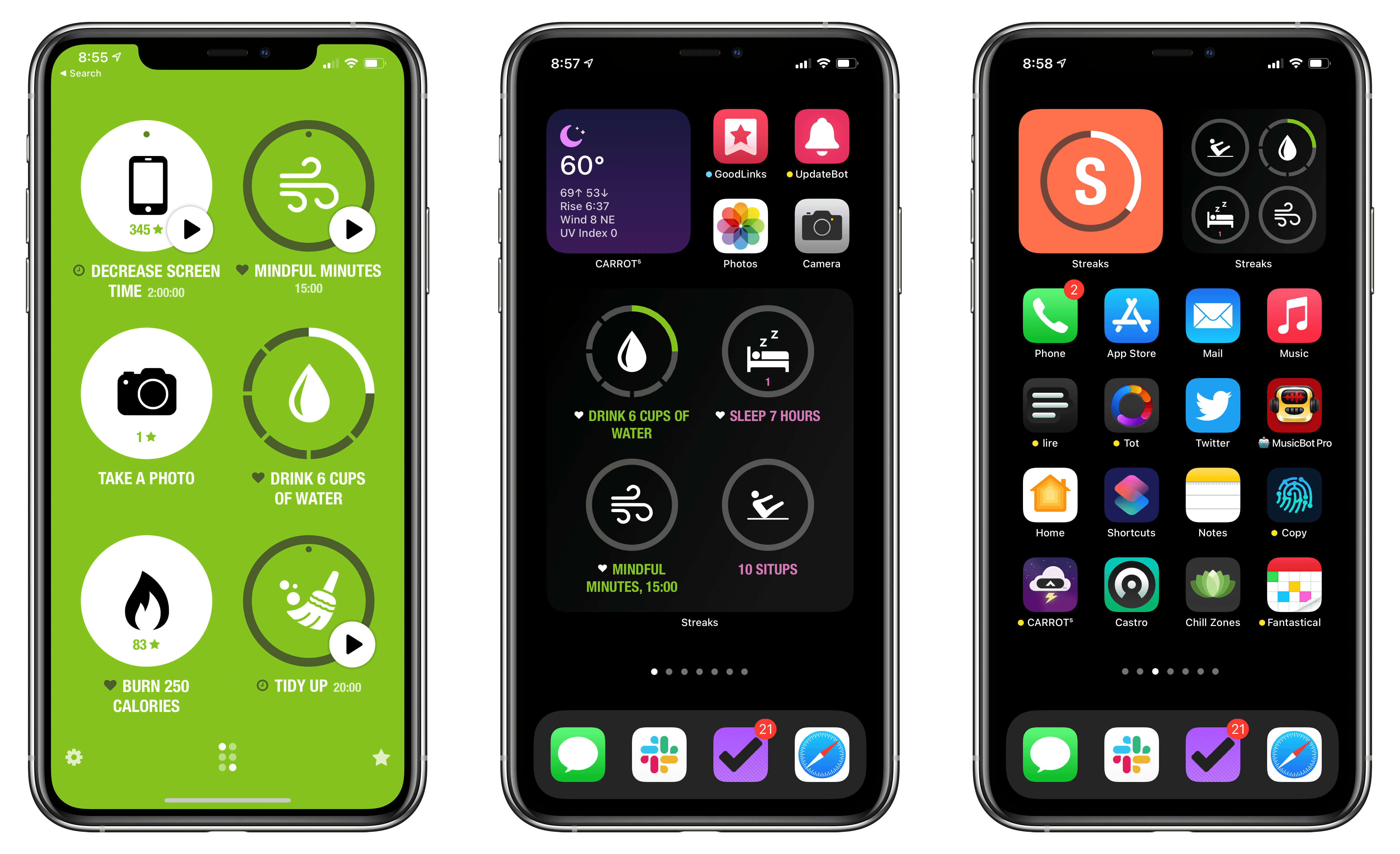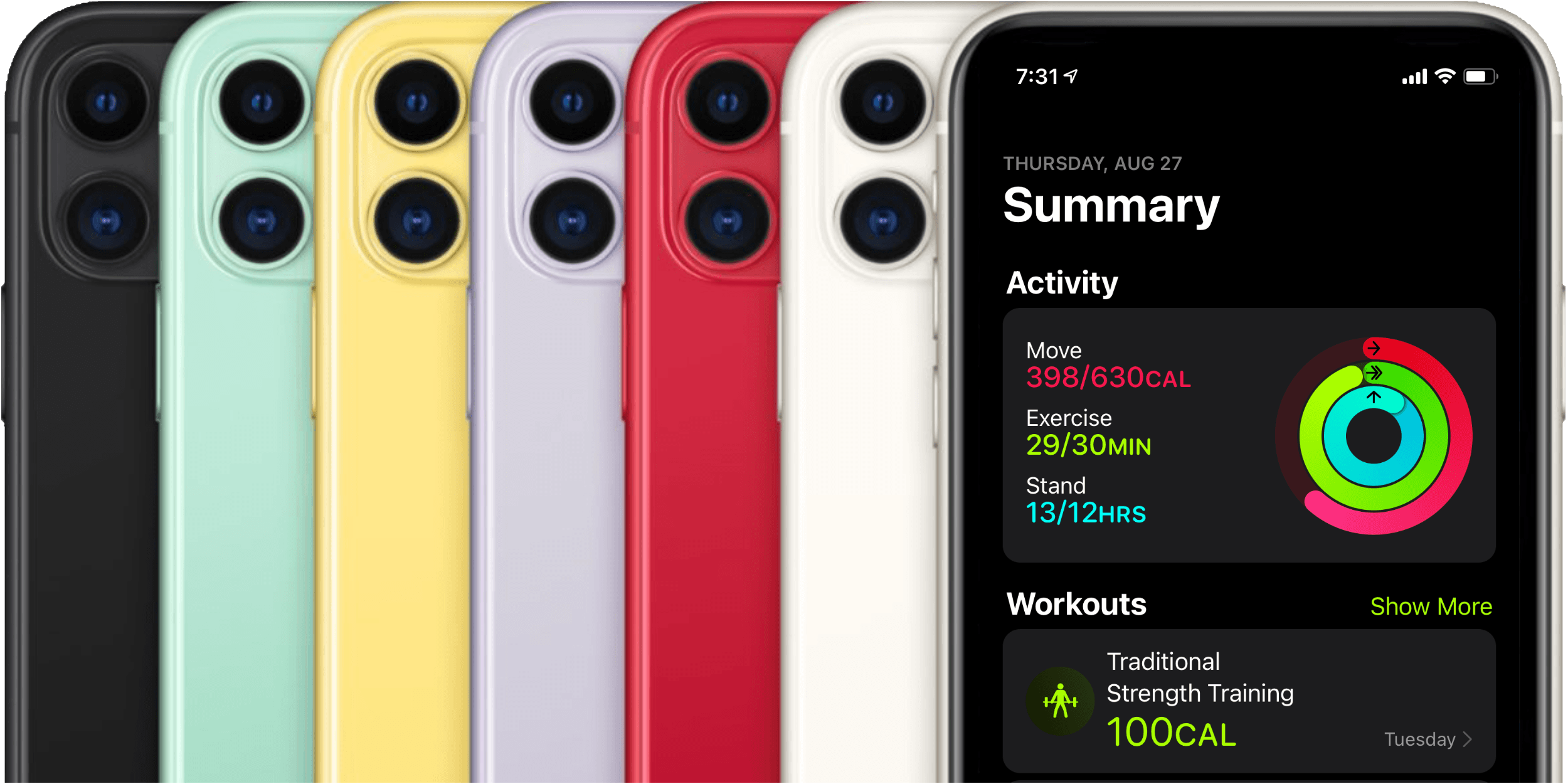Zenitizer 1.2, an iOS, iPadOS, and watchOS meditation app by Manuel Kehl, was released yesterday, adding iCloud sync support. The update means that progress toward your meditation goals and routines you create on any version of the app will sync across all devices for the first time. I recommended Zenitizer to Club MacStories readers not long ago when version 1.0 was released, but it’s such a well-designed and thought-out app, I wanted to go a little deeper today on everything it has to offer.
Posts tagged with "fitness"
Zenitizer: An Simple, Elegant Way to Practice and Track Meditation Sessions
Accounting for What the Apple Watch Ultra Can’t Track→
Every runner who has used a fitness tracker has a moment at some point that is similar to Victoria Song’s at this year’s New York City Half Marathon, where she was unable to beat her time from the year before:
I’d been running for nearly two hours in freezing temperatures, straight into the wind. The Apple Watch Ultra on my left wrist buzzed to tell me I’d just passed mile nine. On my right wrist, the Garmin Forerunner 265S said I’d only run 8.55 miles. A short-ish distance ahead, I could see the official mile nine marker. I had no idea which distance was “true.”
As someone who has had a borderline obsessive relationship with tracking personal fitness metrics at times, I can relate to wondering about the ‘true’ distance of a run. If you run the same route over and over, you’d think the distance would always be the same, but it’s not. As Song explains in her story for The Verge, the truth is much more complicated:
Altogether, the additional L5 signal is cross-referenced with data from Maps and Wi-Fi for what Mayor calls hyper-accurate GPS. It’s important to maintain a healthy skepticism, but it’s hard to argue that this method doesn’t deliver freakishly accurate location data. For instance, the Ultra (plus Series 8, SE, and any watch running watchOS 9) can automatically detect when you arrive at a running track. It also knows which lane you’re running in without calibration. If I hadn’t tried it out myself — multiple times, mind you — I’d be inclined to think it’s too good to be true.
Ultimately, Song attributes her slower 2023 time to the mental exhaustion of losing her mother to ALS in 2021. Her story is an excellent reminder that humans are complicated. We’re not robots, and although the data collected by our devices can help us become fitter, they can’t track everything, so it pays to listen to your body as well as your gadgets.
FitnessView Teams: A Team-Based Fitness Tracker for Coaches and Trainers
Today, Funn Media released FitnessView Teams, a fitness-tracking app that allows coaches or personal trainers to track multiple team members or clients at once. I’m not a coach or a trainer, but I’ve been trying the app with demo data and like what I’ve seen a lot.
FitnessView Teams, which builds on Funn Media’s FitnessView app for individuals, works on the iPhone and iPad, but it’s best on the iPad where you can see more data at once. From the main view, you can switch among multiple teams, browse data by team member, invite new team members, and invite other coaches to your team. Coaches and team members can both be added via a QR code or an invitation link that allows FitnessView Teams to access the data collected by a team member’s Apple Watch. You can also browse team member data by date using a calendar strip along the top of the iPad’s screen.
Most of the app’s main view is dedicated to health metric tiles that are fully customizable in the app’s settings. Tapping on any health metric brings up additional details, including a graph for that data over time, as well as daily averages and monthly progress. Reports for each athlete can be exported as a customizable PDF-formatted report too.
Other data visualizations include a tab dedicated to a full month overview per athlete. There’s also a tab that breaks down a team’s progress by fitness metric, which allows coaches to easily compare the stats of one athlete compared to another on a daily, weekly, or monthly basis. All of the same data is available on the iPhone, too, but the limited screen space requires more navigating between views and scrolling of data.
I’ve always been a fan of FitnessView for individuals. The app’s simple, clean design provides an excellent overview of core health metrics, with the ability to dive into each for more detail. FitnessView Teams takes the same approach and succeeds in organizing an even bigger set of health data for multiple people at once, which is an impressive accomplishment. If you’re a coach or trainer, FitnessView Teams is worth checking out.
FitnessView Teams is available to download for free. However, a subscription is required to add multiple team members or clients to the app, which starts at $59.99/month to track ten users.
Fitness App Gentler Streak Adds Wellness Tracking
Gentler Streak, the fitness app for the Apple Watch and iPhone that takes a holistic approach to training and recovery, has been updated to version 3.0 to incorporate additional health metrics, so users can get a broader picture of their overall wellbeing. I’ve had less than a day to test-drive the new features, but what I’ve seen so far looks promising.
Gentler Streak uses trend analysis to help guide your workouts. Your daily and 10-day activity trends are plotted within a band of intensity to help guide whether you should work harder or rest. The app also tracks individual workouts, your activity over time compared to previous periods, and includes insights and tips for maintaining a healthy life.
With today’s update, Gentler Streak is adding a new tab to the iPhone that tracks seven health metrics: sleeping heart rate or resting heart rate when SHR is unavailable, sleep duration, heart rate variability, respiratory rate, oxygen saturation, and wrist temperature. The app then uses that data to help guide your workout plans. For example, I didn’t get as much sleep as usual last night, so Gentler Streak suggested I take a break from working out today.
Each statistic in the Wellbeing tab is presented as a card-like widget that includes the current data, a 10-day trendline, and an indicator of whether the measurement is within normal ranges. Tapping on a card expands it for a bigger view that offers more information about what’s being measured and your results.
I’ve been using Gentler Streak for about a month and have found that its approach has kept me more motivated than closing my Fitness app Activity rings has. I still track those, too, but Gentler Streak is where I go to ensure I’m on track with my fitness goals while remembering to give myself a break now and then. It’s too soon to say what the Wellbeing tab will mean to my overall experience with the app, but I like what I’ve seen so far and plan to write more about Gentler Streak soon.
Gentler Streak is free to download from the App Store but requires a subscription to unlock some features.
WaterMinder 5.1 Delivers a Ground-Up Redesign of Its Apple Watch App and More
Today, there are a lot of apps that track hydration, but for me, the standard-bearer for the category has always been and remains WaterMinder by Funn Media. The app has evolved a lot since we first covered it in 2016, but what hasn’t changed is its emphasis on fast data entry, a clear, easy-to-use interface, and the adoption of the latest Apple technologies. With version 5.1, the WaterMinder watchOS app has been rebuilt from the ground up using SwiftUI. A handful of other nice additions have found their way into the iPhone and iPad apps too.
Fitness Totals Review: Effortlessly Surface Fitness Data and Track Your Progress
The Apple Watch and iPhone can collect a lot of fitness data. The trouble is, there’s so much information available that it can be a little overwhelming and difficult to sift through in Apple’s Health app. The situation has left an opening for third-party apps like Fitness Totals that use smart design and leverage new features like widgets to make sense of the piles of data and provide useful insights.
Fitness Totals benefits from its tight focus on applying a consistent approach to 16 fitness metrics using its app and companion widgets. The app compares fitness data over daily, weekly, monthly, and annual time periods, providing answers to questions like ‘Have I burned as many calories today as yesterday? and ‘Is my step count higher or lower this week than last?’ The data is available in the app, but its greatest strength is its widgets.
As much as I like Fitness Totals’ widgets, though, I want to start with the app. This is where you set up which metrics you want to track, and you can view even more data than is available in the widgets. Fitness Totals can track:
- Steps
- Walking and Running distance
- Walking workouts
- Running workouts
- Hiking workouts
- Cycling
- Wheelchair distance
- Wheelchair pushes
- Swimming strokes
- Swimming distance
- Downhill snow sports
- Resting calories burned
- Active calories burned
- Flights of stairs climbed
- Exercising minutes
- Standing minutes
The app’s main view displays a series of cards for each category you’ve chosen to track. Each card lists your total for the day and the current year compared to last year. Tapping a card opens a detailed view with more statistics. For example, my step details included today’s total and my daily average along with totals for this week, month, and year compared to last week, month, and year, and the averages for each. Finally, there’s an all-time number totaling all the data recorded and a button for sharing a daily, weekly, monthly, or yearly summary with a colorful graphic.
The main view of the app also has a share button that lets you compose a graphic showing your yearly totals for any of the metrics you’re tracking. Currently, there’s also a banner at the top of the app prompting users to share their yearly totals, which does the same thing as the share button at the bottom of the screen.
The app’s three sizes of widgets are similar to the graphics its share functionality creates. The primary difference between each widget size is how much data it can display. The small widget displays one pair of statistics: today compared to yesterday or this week, month, or year compared to last week, month, or year. The medium widget adds a second set of data points, and the large one allows for three points of comparison.
I’ve been using a medium widget to remind me of my step count for today, yesterday, and last week versus this week. The widget serves as a quick way to gauge how active I’ve been as the week progresses and is a nice addition to the health and fitness stack that I’ve created on a secondary Home Screen. I may add additional Fitness Totals widgets over time, but for now, the step count widget is doing a good job of reminding me to stay active.
The one thing I’d like to see added to Fitness Totals’ widgets is color and typeface customization options. The widgets are pure black, and some statistics are a dark purple that looks good but doesn’t offer much contrast against the black, which can make the numbers difficult to read. The black background can also be a bit stark against some wallpapers.
Even so, Fitness Totals fills a nice gap Apple has left wide open. Apple’s Health app has all the data Fitness Totals displays, but the company doesn’t offer a Health widget. Fitness Totals also benefits from its focus on just a handful of fitness metrics that can be turned on or off by users surfacing the data far better than the Health app. If you’re looking for a periodic Home Screen reminder to keep you on track with your fitness plans for 2021, Fitness Totals is an excellent choice.
Fitness Totals is available on the App Store for $2.99.
Fitness+ Review Roundup
Apple debuted Fitness+ yesterday alongside iOS and iPadOS 14.3. The service, which integrates tightly with the Apple Watch, offers workout classes on the iPhone, iPad, and Apple TV, and uses the Apple Watch to track your heart rate and other metrics. There are ten types of workouts available that are designed to accommodate beginners through experts. New workouts are recommended based on what you’ve done before and can be filtered by criteria like trainer, time, and music.
Apple invited a long list of press from health and fitness publications and a few from the tech world and other media outlets to try Fitness+ in advance of its launch. Here’s what some of them had to say:
Nicole Nguyen of The Wall Street Journal remarked on something that a lot of reviews highlighted:
What differentiates Apple’s app is its approach to workout newbies. There is a starter collection of videos designed for anyone who is “brand new to exercise,” as a sort of introductory course to each of the app’s disciplines. And even in the harder sessions, one of the trainers in the background offers a modified version for less-advanced practitioners.
Molly Ritterbeck appreciated the emphasis on beginners too in an in-depth review for Runners World:
This smart programming is not unique—there are competitor services that also do this well—but it is one feature that sets the service apart from the majority of apps out there in the oversaturated fitness category. There is a real risk of injury and getting in over your head for beginners, which can lead to decreased motivation or just quitting altogether, so this thoughtful approach is a highlight.
Streaks 6 Brings Habit Tracking to Your Home Screen With Extensively Customizable Widgets
Habit tracking apps have proliferated across the App Store in recent years, but Streaks by Crunchy Bagel, which is the first one I ever tried and reviewed, is still one of my favorites. This week it’s been updated with a trio of highly-customizable widgets, a library of watch faces, plus some design changes, new iPad features, and other updates.
The New Fitness App in iOS 14
Last year Apple introduced Activity Trends, a new feature for tracking your fitness over time. Trends complemented the Apple Watch’s classic Activity rings feature, and found its home alongside the rings in the iOS Activity app.
Activity rings are binary metrics: did you or did you not meet your goal for moving, exercising, or standing today? Trends, on the other hand, track your past year of activity through rolling 90-day windows, and inform you as to whether you’re improving or declining. If necessary, Trends then suggest improvements such as walking a little more than usual each day or standing for a bit longer each hour. Together, Activity Trends and the classic Activity rings seek to help you develop and maintain an overall healthy lifestyle across a handful of monitored metrics.
Last year, Trends got their own tab in the Activity app alongside the four tabs that had existed previously: History, Workouts, Awards, and Sharing. These tabs always felt a bit sparsely populated for my tastes, and it seems that Apple agreed. In iOS 14, Apple has redesigned the Activity app, consolidating its tab structure, and renamed the app ‘Fitness.’



